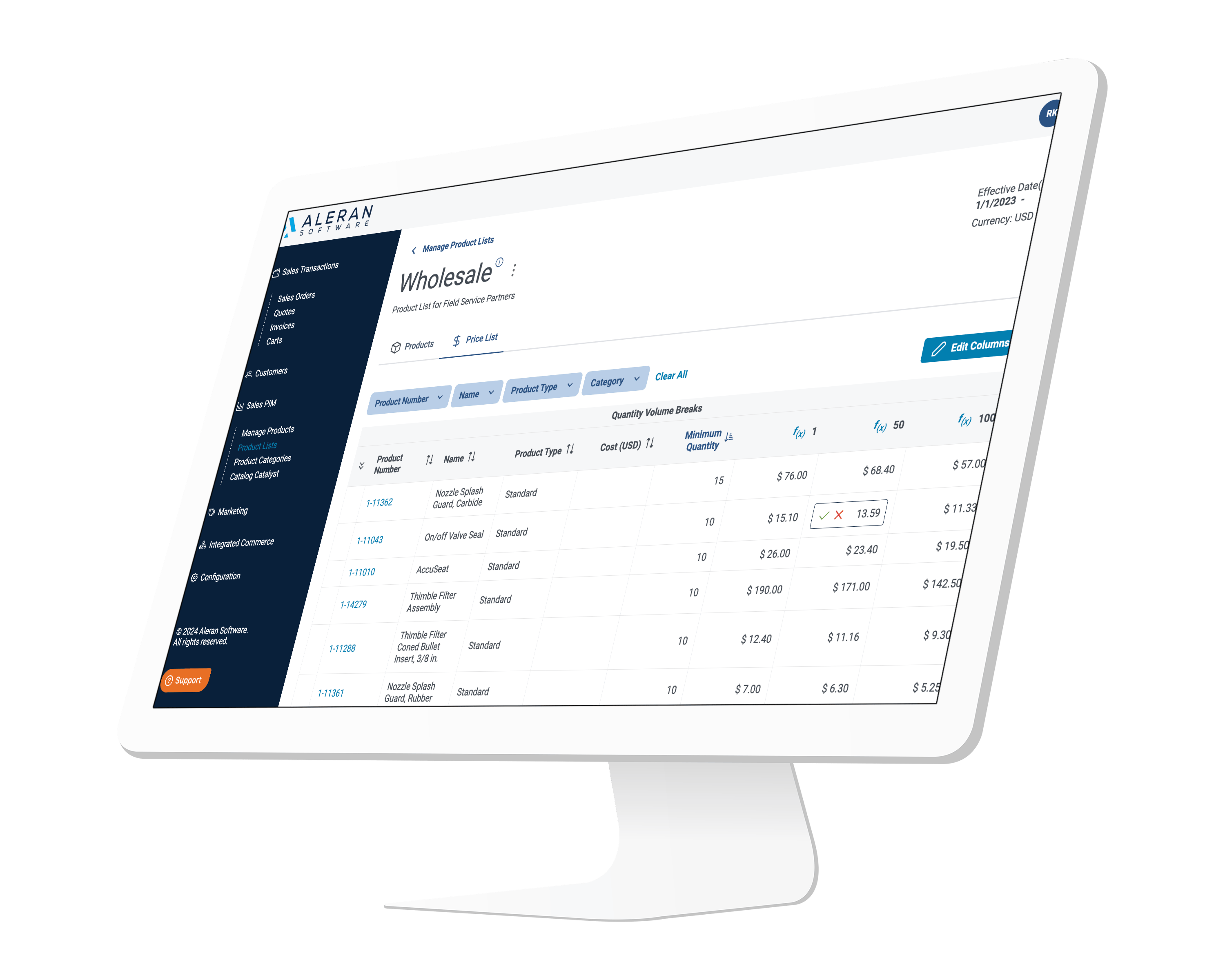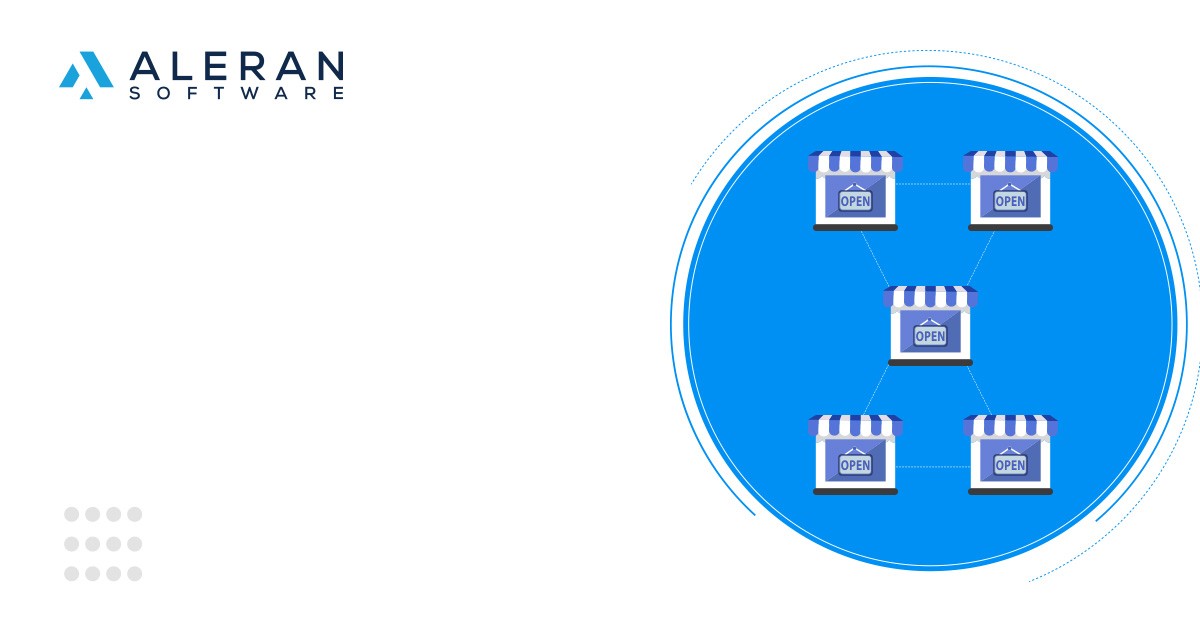When online outlets discuss e-Commerce marketplaces, they’re usually using this as shorthand for a single vendor marketplace.
However, there’s another type of platform that some e-Commerce organizations fall into, and that’s a multi-vendor marketplace. While the number of such platforms doesn’t reach the heights of single-vendor venues, a recent survey highlighted by Statista showed that 12% of e-Commerce companies contemplated the leap to multi-vendor last year.
You might see that number and think that’s a relatively small number of companies making up the e-Commerce sphere. But it’s those companies’ size that shows the real impact of multi-vendor marketplaces in the overall commerce sphere. That’s because companies like Amazon, Walmart, eBay, Etsy, etc. are all technically considered multi-vendor marketplaces.
So while the number of companies that can be categorized as multi-vendor marketplaces is small in comparison with single vendors, the size of these companies will often dwarf most single-vendor providers. It’s a bit like how a state can be made up of 100 counties and you mistakenly assume the state’s population is equally distributed among each. In reality, one or two of those counties will contain a bustling metropolis that houses the lion’s share of the state’s population.
It’s important, therefore, to pay attention to the outsized influence these multi-vendor marketplace platforms have. They’re the bustling metropolises of the internet. But organizations of all sizes are finding new revenue potential by embracing a newfound status as a multi-vendor marketplace.
In this article, we’ll explore what a multi-vendor marketplace platform is, its advantages, how it’s different from a single vendor platform, provide some examples of these marketplaces, highlight how the line between the two segments is increasingly blurred in today’s e-Commerce sphere, and even show how pending legal cases could change the dynamics in the coming years.
Multi-Vendor Marketplace: Defined
A multi-vendor marketplace is exactly what it sounds like: a single website or app that hosts a variety of sellers in one easy-to-access spot for consumers.
You don’t need to look solely at the digital space to see examples of these. A shopping mall is essentially a physical multi-vendor platform, a single place where individuals can shop for a variety of needs, even comparing and contrasting the goods of various vendors before making their ultimate purchase. Farmers’ markets and craft fairs, concepts that go back hundreds of years, are also technically forms of multi-vendor marketplaces.
When websites like Amazon realized they could function as essentially the “mall” of the internet, the death knell began to sound for the physical manifestations of the physical multi-vendor platform.
By gathering vendors under one “roof” (or, as it so happens today, one URL), the multi-vendor marketplace gives consumers better access to the goods and services they need. The consumer doesn’t have to visit multiple websites and spend hours comparing what they’re going to get from each.
The Advantages of a Multi-Vendor Marketplace Platform
For the purposes of understanding the business and strategic value of a multi-vendor platform, it helps to look at the advantages from the point of view of both the consumer and the platform provider.
For the consumer:
- Easily compare and contrast products and services
- Save time
- The trust established by the host platform provides confidence in the quality of the product
- Shipping, returns, and customer service are all available in one centralized location
- Can make one bookmark or download one app to have access to a multitude of vendors
For the host platform:
- Can upcharge companies for ads and preferential ranked treatment for certain keywords within the platform
- Can take a cut of each and every sale made on the platform
- Can put one’s own products and services alongside others
- By optimizing customer service, can establish trust with consumers to create repetitive buying patterns
As you can see from the above, for the consumer, much of the value from the multi-vendor platform comes from convenience. It’s saving the individual time, money, and stress because they can rely on one single provider for many of their purchase needs.
For the business hosting the multi-vendor marketplace platform, much of the upside comes from the revenue potential. As we established above, there are a multitude of additional revenue paths aside from the core aspects of your business.
Remember, Amazon started out as a digital bookseller competing with Barnes and Noble. But when it became the dominant multi-vendor marketplace platform in the world, its revenue potential scaled dramatically, and it’s the leverage it has with its marketplace that has allowed Amazon unprecedented growth.
Multi-Vendor Marketplaces Vs. Single-Vendor Marketplaces
It should be pretty clear by now what the key difference is between multi- and single-vendor marketplaces. Namely, a multi-vendor marketplace hosts products and services from multiple sellers, whereas a single-vendor marketplace hosts the products and services of only the owner of that marketplace.
For single-vendor marketplaces, both B2C and B2B, consumers typically visit with the intent to already make or, at the very least, research a purchase from that company. They have a specific need and they believe their needs are unique enough that they can’t be served by a multi-vendor marketplace. The very act of visiting a single-vendor marketplace shows a level of awareness and intent to purchase that isn’t necessarily there with a multi-vendor marketplace.
One important thing that we’d like to note: just because a marketplace may market products and services from different brands, that doesn’t necessarily make it a multi-vendor marketplace platform. The fashion designers at a clothing store or website aren’t vendors, nor are the authors at a bookstore. There’s still only one single seller, even if the products are made and distributed from a multitude of other outlets.
Here’s an example to illustrate what we mean. If you go to the Kohl’s website, you’re going to find clothing and other products from many different brands. But Kohl’s is still the sole purchaser, distributor, and shipper of those products. Whereas if you purchase third-party clothing from a boutique designer on Amazon, you might see a message that says something like ‘Shipped and sold by Boutique Designer.’ That designer’s products likely never entered an Amazon warehouse, and they were never purchased by Amazon. Amazon acted as a go-between for that vendor, and tens of thousands of other vendors.
The Rise of the Hybrid
As companies scale, they often take a hybrid approach to what they provide in their marketplace. There may be an aspect of the organization that’s chiefly focused on selling products and services to businesses and/or consumers, while another aspect of the business facilitates transactions with other sellers.
This is typically the case with many software-as-a-service (SaaS) providers. Let’s say there’s a business with a popular accounting tool that sets up a marketplace to purchase different levels of that software, from individual all the way to enterprise use. They may supplement that with various add-ons and levels of customer service that are upcharged to the buyer. This is a single-vendor marketplace platform at work.
But then once the buyer starts using that product, the accounting provider may have a multi-vendor marketplace that allows the individual to buy additional third-party integrations and add-ons. For instance, many companies might want to integrate their accounting tool with their sales tool or access both from the same log-in and user interface. The accounting tool provider may work out a partnership or partnerships with a variety of sales software vendors, wherein they host versions of that software in a multi-vendor marketplace platform.
Keep an Eye on the News
One important thing to note about multi-vendor platforms. Pending legislation and lawsuits may actually affect what the businesses running the platforms are allowed to do.
On the judicial front, Amazon is being sued by the Washington D.C. Attorney General on antitrust grounds. They’re accused of unfairly cajoling businesses into offering the cheapest prices on their platform. Whereas on the legislative front, lawmakers are currently pursuing and debating legislation that would prohibit large tech companies from favoring their own products and services over those from vendors they host on their platforms.
Even though each of these developments targets massive e-Commerce companies, the repercussions could be felt by vendors of all sizes. If, for instance, you have a clause in your own multi-vendor marketplace seeking to ensure the lowest prices possible on your platform, such a clause could be affected by the eventual outcome of the DOJ’s case. And if you offer your own products and services “above the fold” over other vendors, you’ll want to keep a close eye on what happens with that pending legislation and who it ends up encompassing.
Building an Empire on the Forest Moon of Multi-Vendor
As you can see, there are distinct advantages to being a multi-vendor marketplace, but it’s not for everyone. Hopefully, you’ve come away with an understanding of how these differ from single-vendor platforms, as well as where your own business should focus its efforts.
If you’re ever looking to launch your own multi-vendor marketplace platform or to accelerate the growth of your single-vendor platform, contact Aleran. We have a variety of solutions for B2B and B2C companies of both types, and we can help you take your business to the next level of e-Commerce success.



